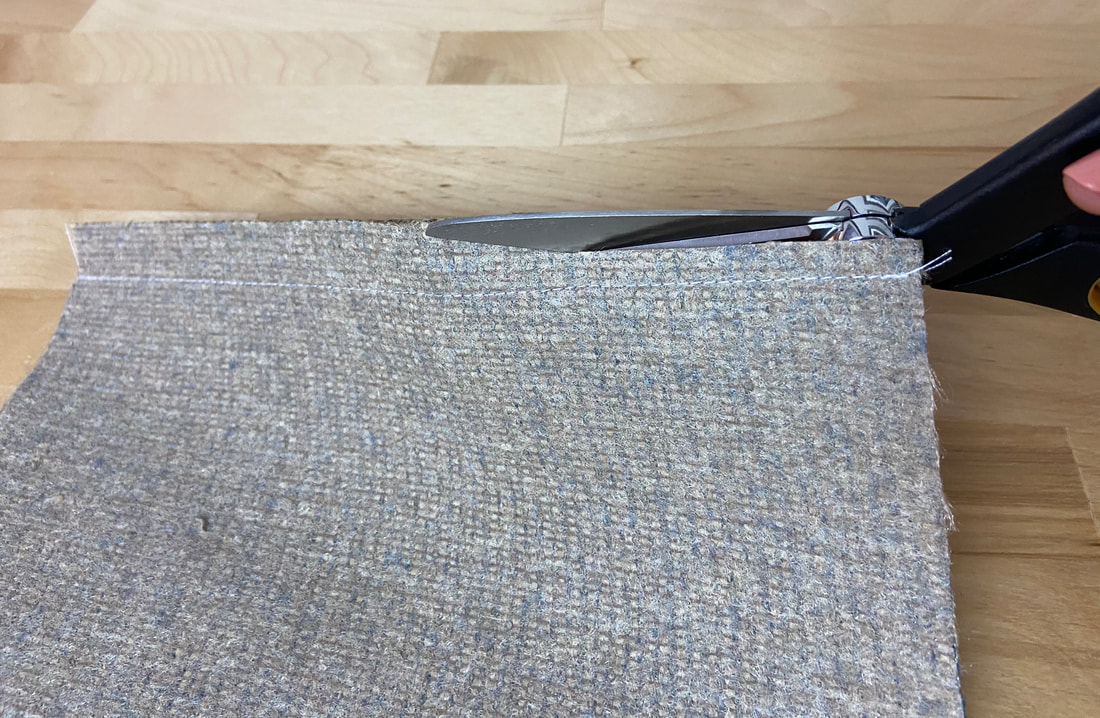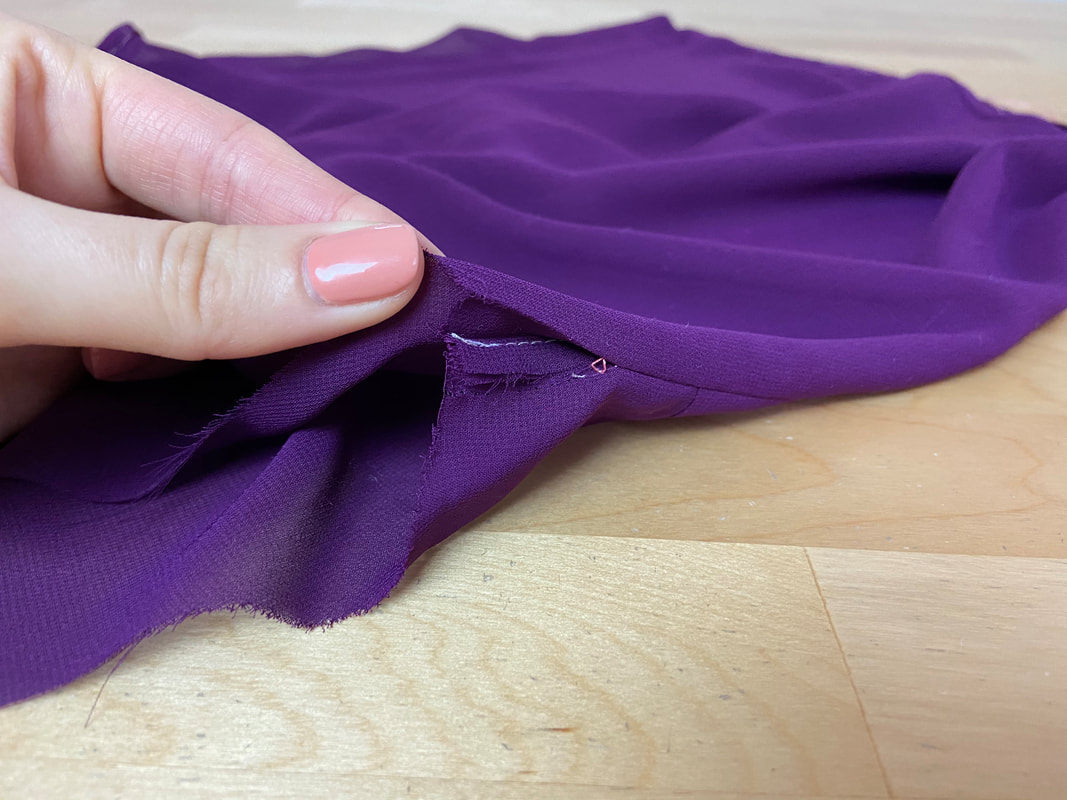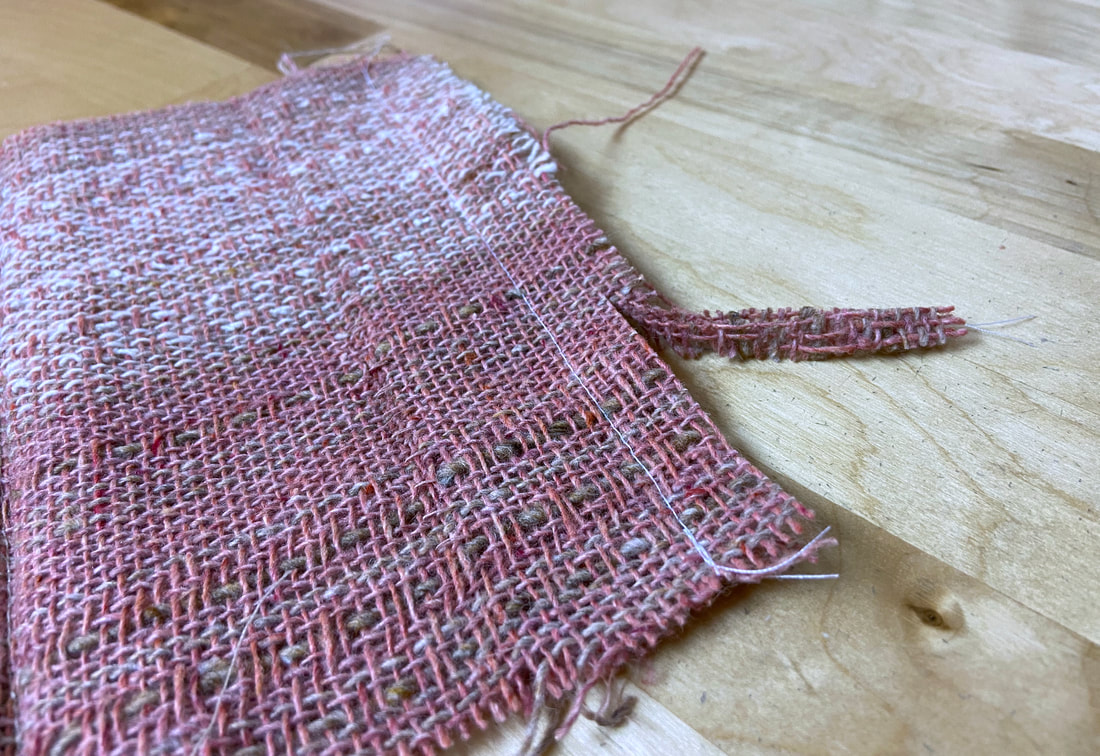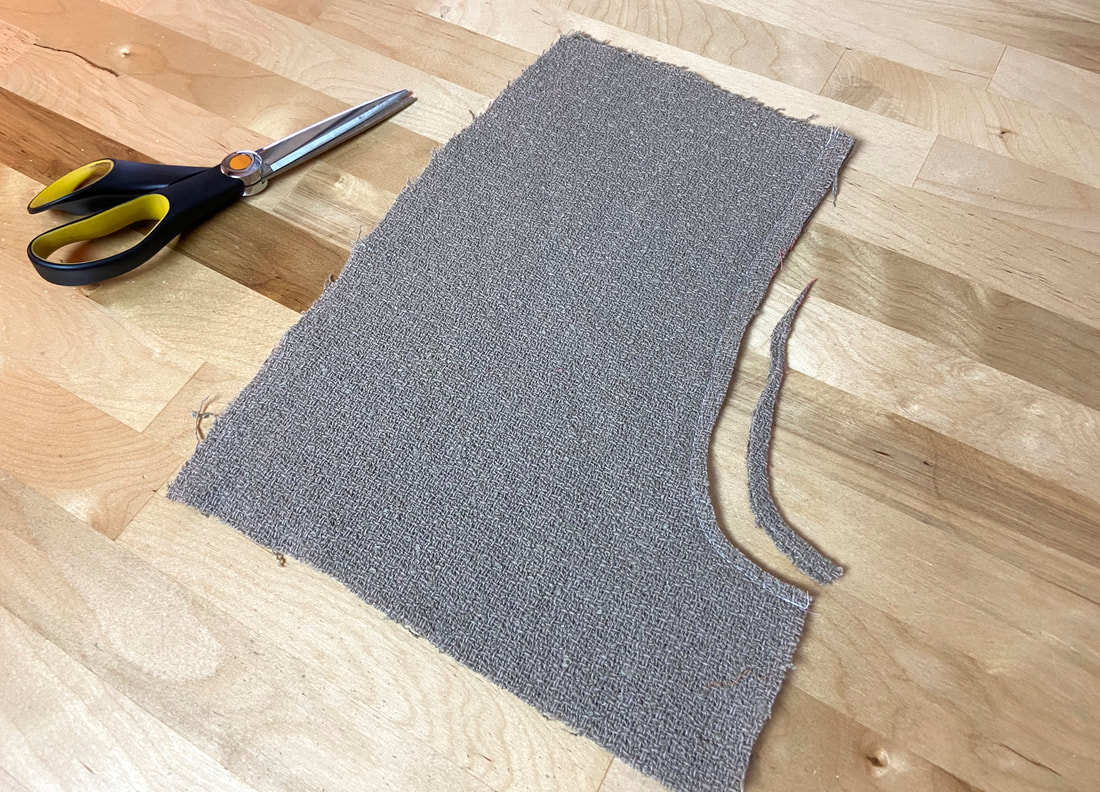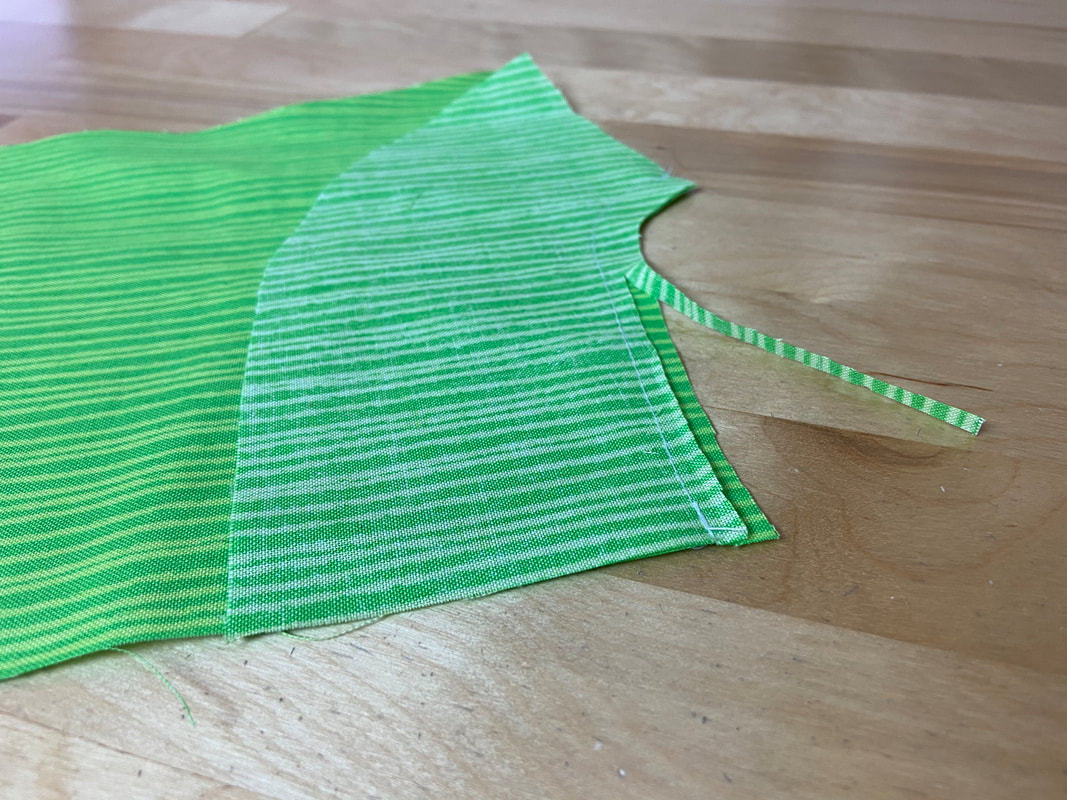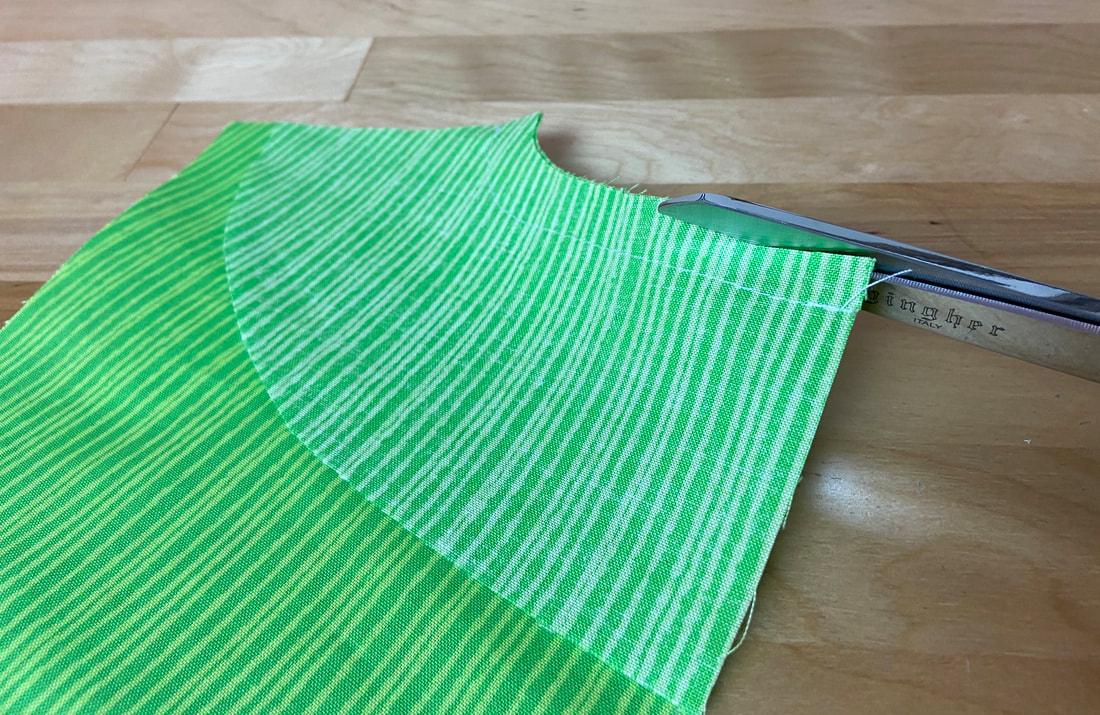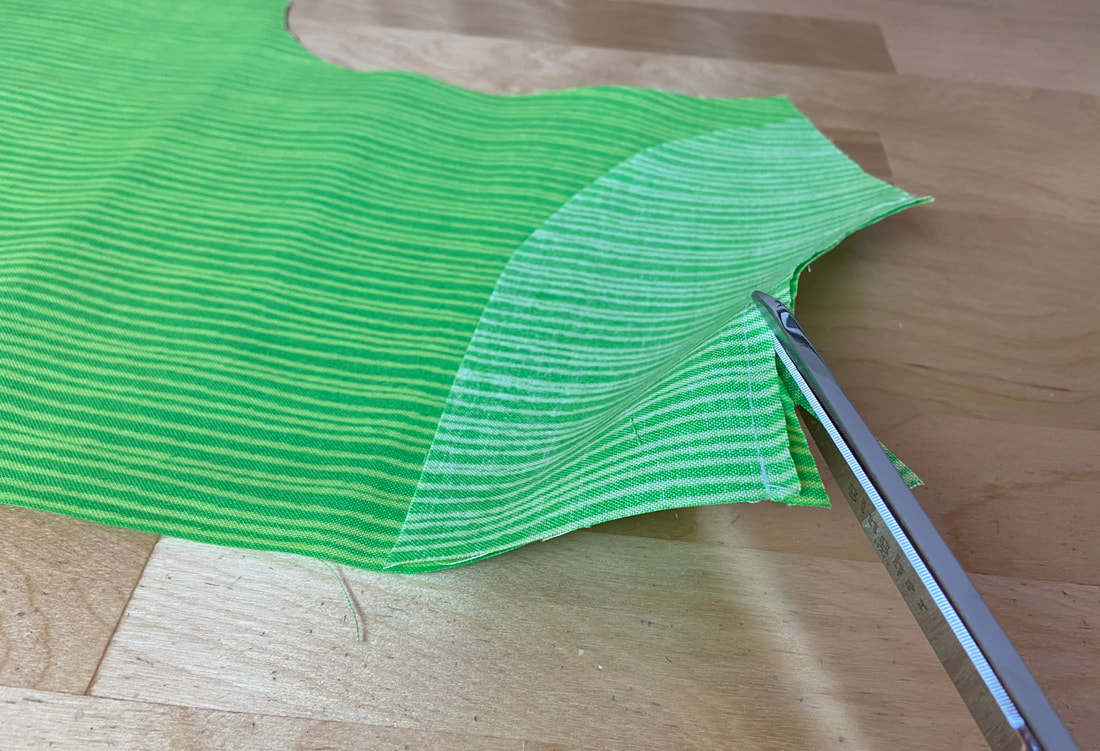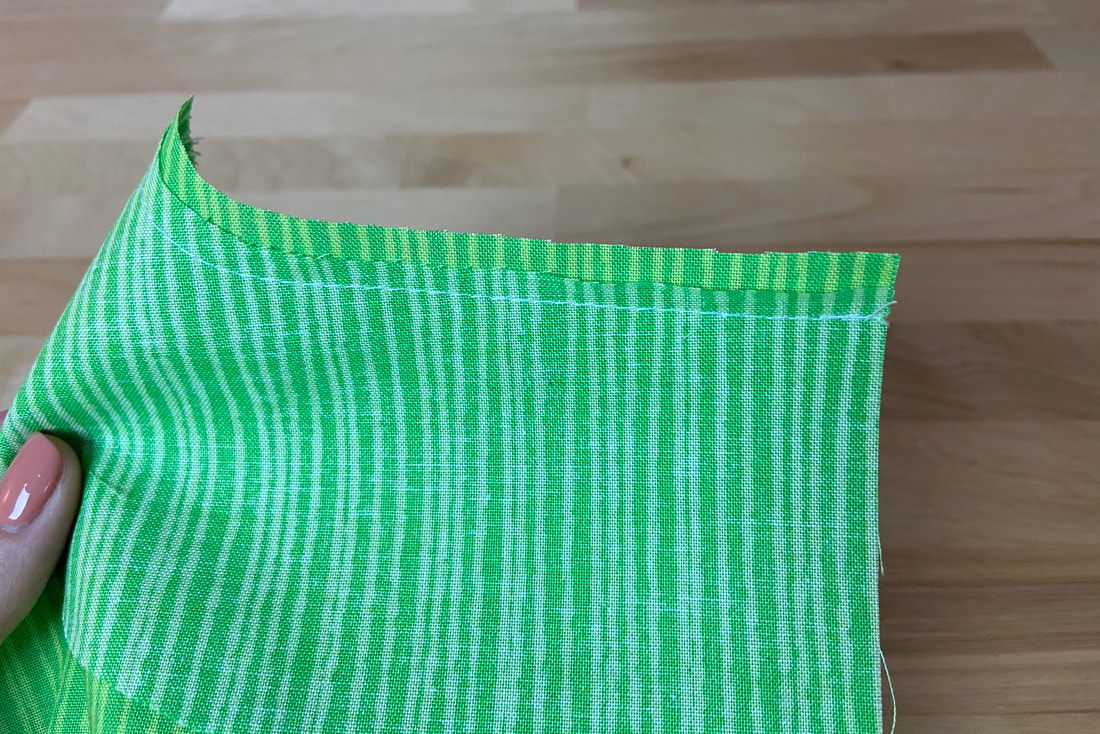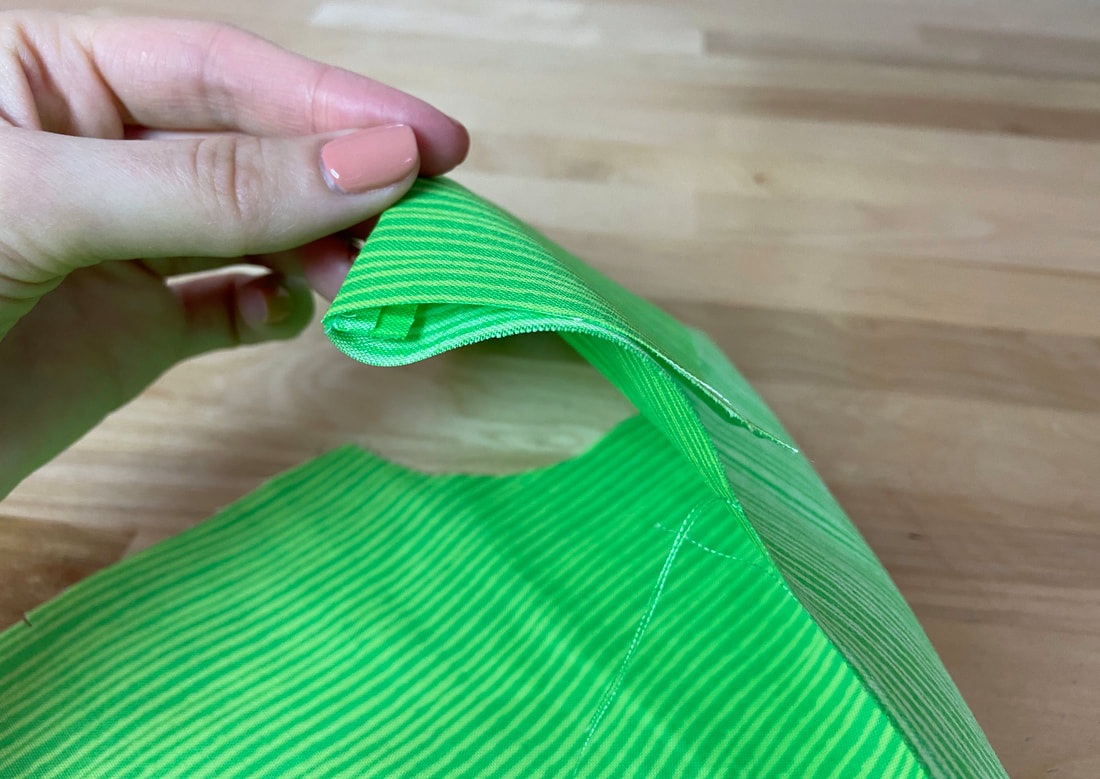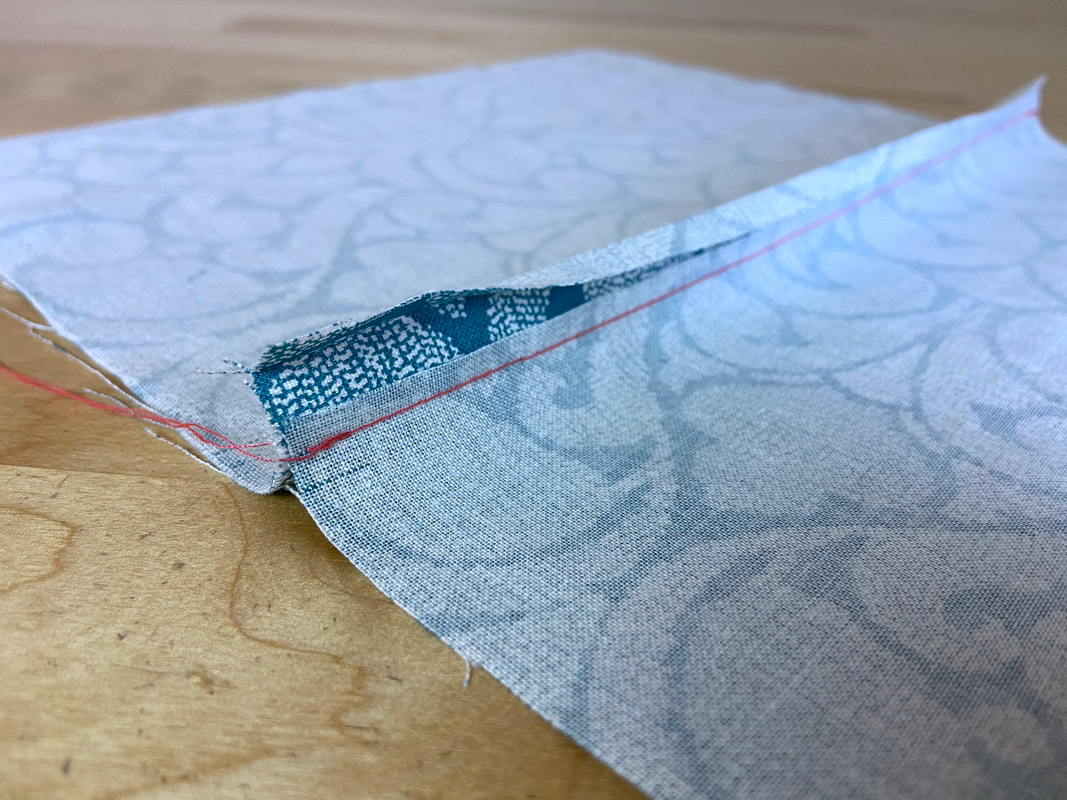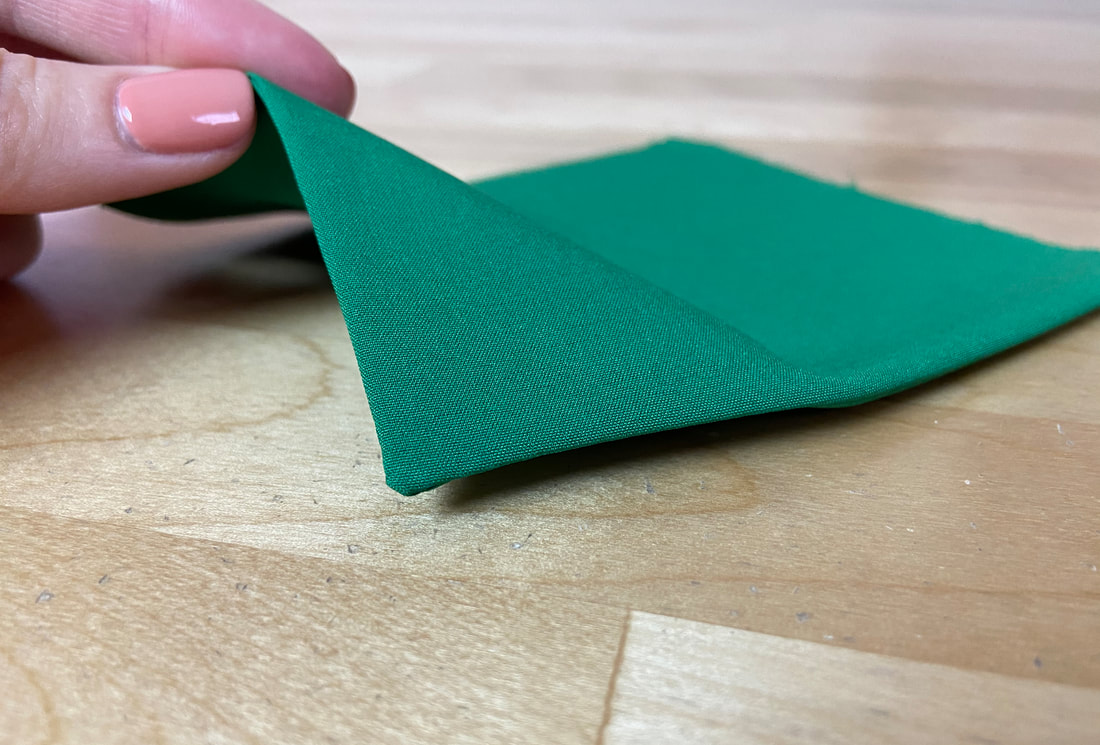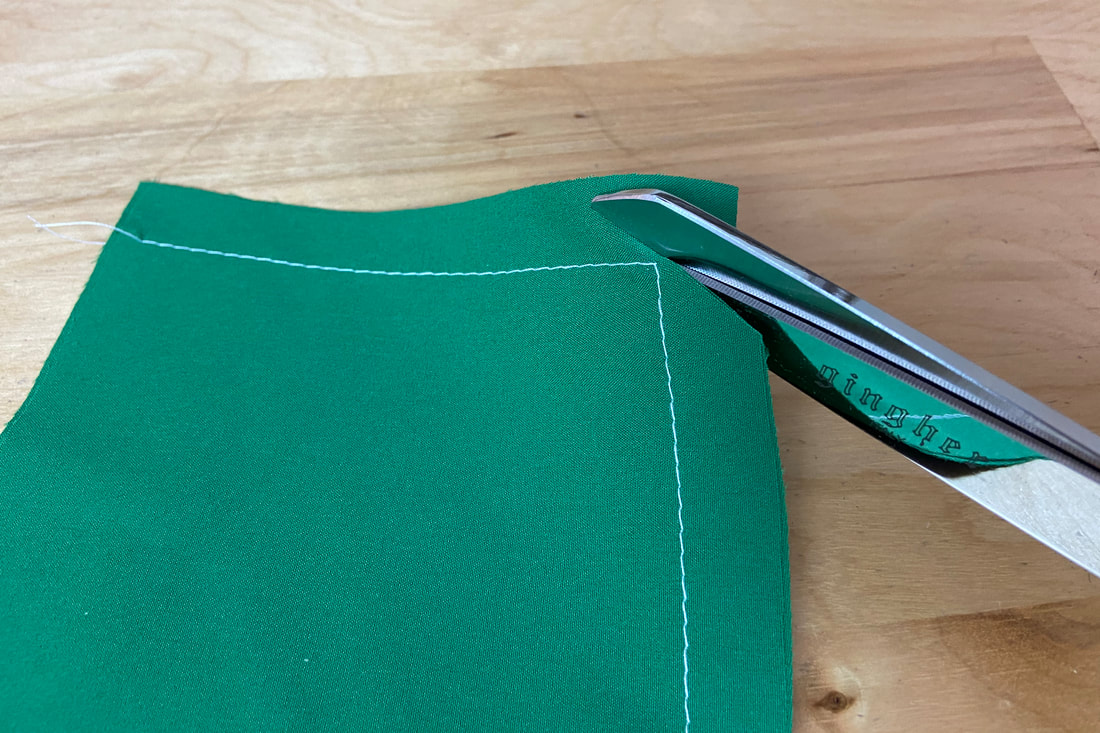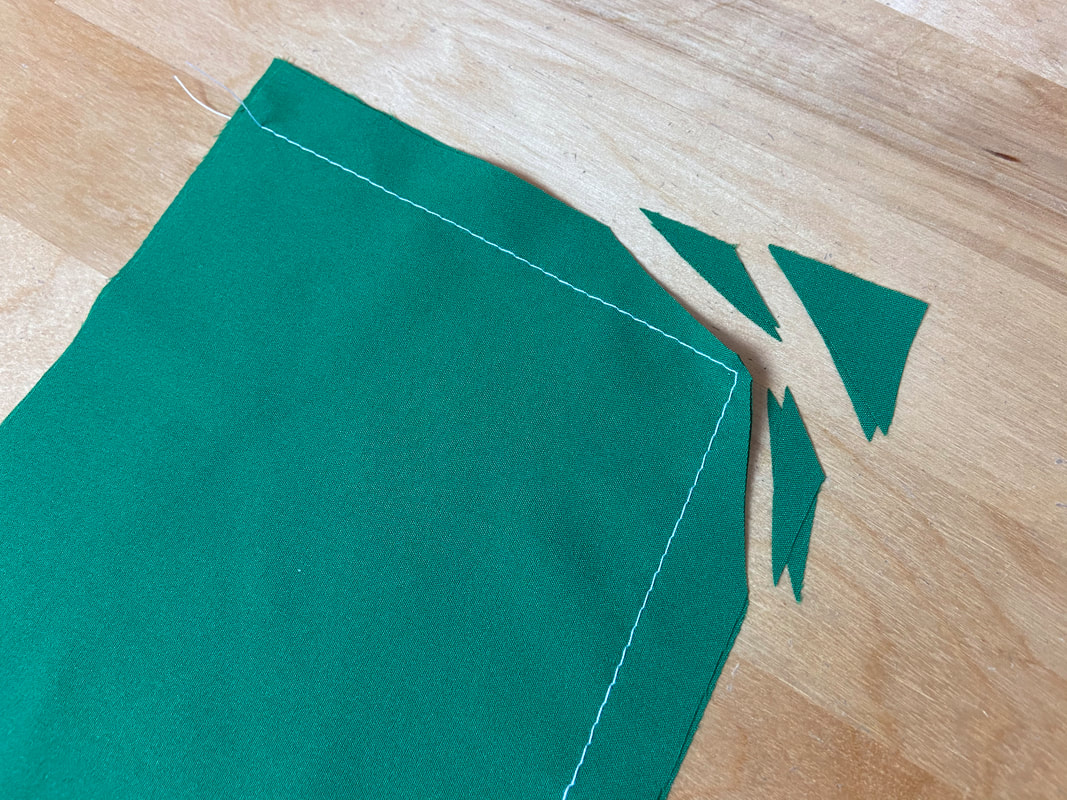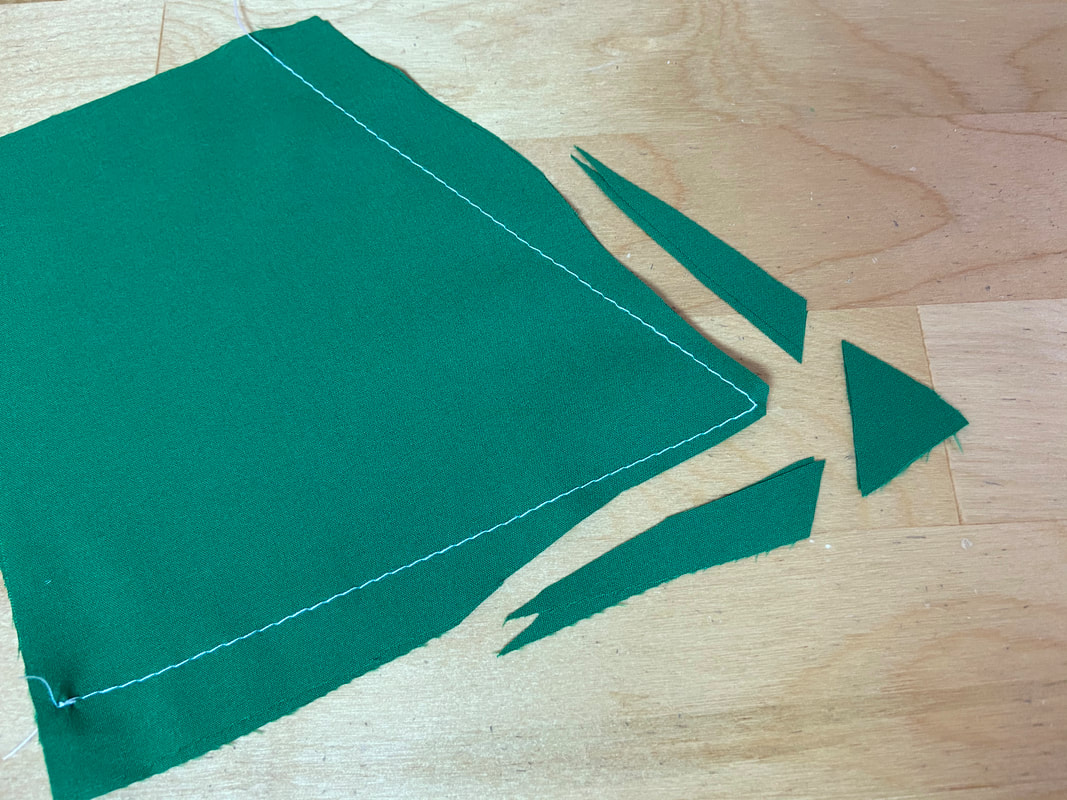While sewing a seam is usually as straightforward as applying a machine stitch, handling seam allowance can be a bit trickier. Aside from edge finishing techniques, handling excess bulk and seam tension should also be considered. In this tutorial, we’ll talk about eliminating seam bulk when working with thick, heavy fabrics or those featuring unnecessarily large seam allowance intake.
There are two main techniques you can use to eliminate excess bulk in a seam:
- Trimming the seam allowance; and
- Grading the seam allowance
These two methods are sometimes used together or in conjunction with tension-release techniques like clipping and notching, especially around very curved seams. The bulk eliminating technique you use should be chosen based on fabric, as well as the shape and location of the seam.
Trimming Seam Allowance For Bulk/Tension Reduction
Trimming seam allowance simply means cutting down the seam allowance width to about half its size. When needed, it should be done as a preliminary step to the allowance being ironed or clean finished.
Trimming not only eliminates unnecessary bulk, it also works to release strain in the seam.
The technique of trimming seam allowance is often applied on semi-curved seams like those of the armhole and neckline. Depending on fabric, you may choose to trim the seam allowance on any seam of your choice if you feel that extra allowance shows on the outside of the garment or interacts with how the garment fits and feels.
Trimming seam allowance can also be used for construction purposes. Some seam finishing techniques require the seam allowance to be trimmed in the application process.
The best example is in the construction of a French seam where the seam allowance is trimmed prior to being self-enclosed for finishing.
Any time you need to trim down seam allowance you have to consider the fabric at hand. Fabric type determines how close you can trim to the actual stitch line.
If you are working with highly fraying or loosely woven fabrics, trim farther away from the stitch line. Eliminating seam bulk is important but it should not jeopardize the durability of the seam.
Semi-Trimming Seam Allowance
In some instances, you may only need to trim a portion of the seam allowance. In this case, the seam allowance is trimmed on one end and left untrimmed on the other.
To apply this technique, trim the seam allowance partially by gradually blending from one side of the seam to the other.
Semi-trimming is sometimes used with weaker, loosely woven fabrics. You may need to trim the seam allowance at a portion of the seam where it is absolutely imperative to the garment’s fit and construction, then gradually blend into full seam allowance as you move away from this vulnerable area- this will maintain more durability and structure in a seam that could otherwise be weakened by too much trimming. A good example of this is the center front and center back seam on trousers.
When it comes to semi-trimming, use your best judgement based on type of fabric, seam location and the seam finishing technique used.
Grading Seam Allowance Layers
Grading provides a second layer of excess removal by physically thinning the seam allowance layers. While grading can be applied alone, it is often subsequent to the trimming step described above.
In the process of grading, one layer of the seam allowance is trimmed at halfway the width of the second. This technique is often used on enclosed finished edges such as those of faced necklines and armholes. Grading allows the finished edge to lay flatter and smoother while eliminating unnecessary bulk in the process.
To grade a seam:
1. First, trim the entire seam allowance as described above, if necessary.
2. Next, trim the seam allowance edge that does not correspond to the garment layer.
When the edge is finished the longer seam allowance should touch the garment layer while the shorter edge should be closest to the body. The longer seam allowance will maintain smoothness along the finished edge, especially when working with lightweight fabrics.
Grading is also used with certain seam finishing techniques such as a flat fell or self-bound, for example.
As is true with trimming, be careful how close to the seam stitch you cut. Loosely woven fabrics or those that unravel easily, should be trimmed and graded further away from the stitch line.
Trimming Seam Allowance Excess At Enclosed Corners
Enclosed fabric corners are those that are clean finished with a self-piece or a facing such that all seam allowance is encased on the inside of the overlapping layers.
An important aspect of sewing enclosed corners is achieving a smooth, flat, defined finish. The only way to achieve a defined corner as such is by trimming the seam allowance excess around the corner stitch prior to flipping the fabric layers to the right side. Trimming eliminates excess bulk and tension thus allowing the finished corner to lay completely flat and maintain a smooth angle.
After the corner has been stitched, follow these steps to trim unnecessary excess:
1. Cut the seam allowance diagonally across the corner. Stay close to the corner point but not so close that you accidentally clip the stitching. Use your best judgement based on fabric.
2. Next, trim the seam allowance at an angle on each side of the corner. These too cuts should taper in towards the point and blend into the rest of the seam allowance as they move away from the point.
3. For longer, narrow points, you will need to trim the side seam allowance edges at a longer, more pronounced angle.
If you are unsure how much to trim off, trim a little less to start with. If the corner's face side still feels bulky and not defined, flip the layers back on the wrong side and trim a little more. Test the right side again until the desired finish is achieved.

